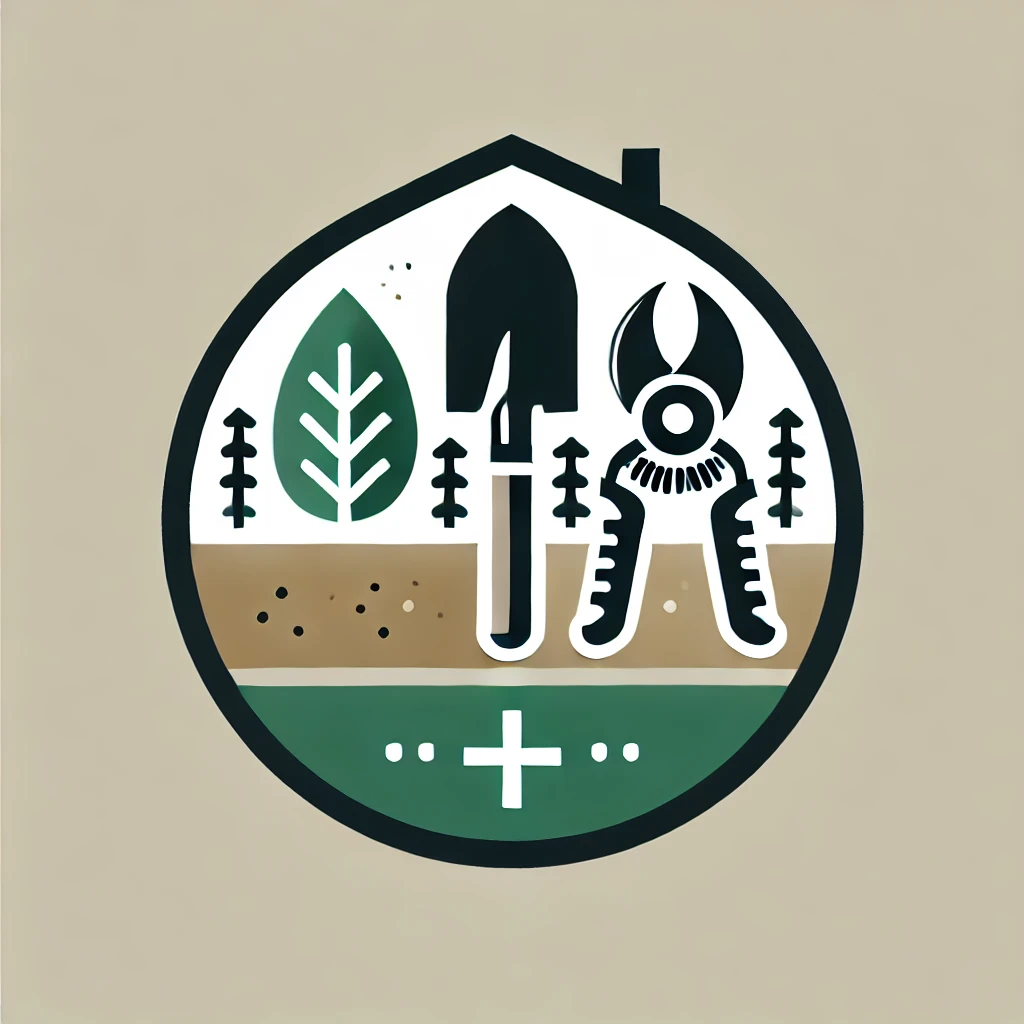If you’re a cat owner and a plant enthusiast, you might find yourself caught in a bit of a dilemma—wanting to create a vibrant indoor garden while ensuring your furry friend stays safe. The good news is that non-toxic plants are the perfect solution for creating a cat-friendly home. They’ll liven up your home and keep your cat healthy at the same time, making them ideal indoor plants. This article dives into the perks of adding these safe plants for cats to your space, like improving indoor air quality and reducing stress levels. Plus, it’ll help you pick the right non-toxic houseplants and introduce you to ten fabulous plants that can thrive in your home without putting your kitty at risk. Get ready to cultivate a safe and beautiful environment for both you and your beloved cat!
1. Spider Plant (Chlorophytum comosum)
Spider plants are the ultimate cat-safe houseplant. They're non-toxic and offer a fun, interactive experience for your feline friends.
Those long, arching leaves are irresistible to many cats, and it's totally okay if they take a nibble.
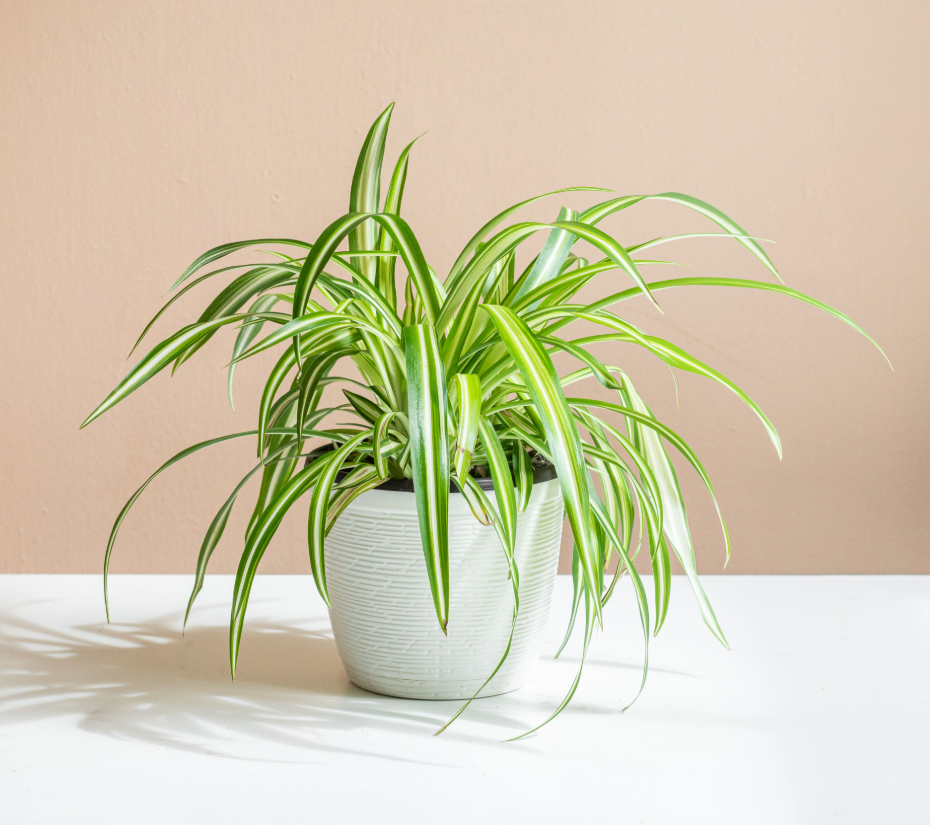
Here's a cool fact: spider plants can actually have a mild hallucinogenic effect on cats, similar to catnip. Don't worry, though – it's completely safe and can even be a source of entertainment for your kitty.
Spider plants are excellent air purifiers, removing nasty chemicals like formaldehyde and xylene from your home. They're super easy to care for and propagate.
You'll have baby spider plants (or "spiderettes") in no time, which you can share with fellow cat-loving plant enthusiasts.
To keep your spider plant thriving, place it in bright, indirect light and water it when the top inch of soil feels dry. These plants are pretty forgiving, so even if you forget to water them occasionally, they'll bounce back quickly.
2. Boston Fern (Nephrolepis exaltata)
If you're looking for a lush, tropical vibe that's 100% cat-safe, look no further than the Boston fern. These feathery beauties are non-toxic and offer some fantastic benefits for both you and your cat.
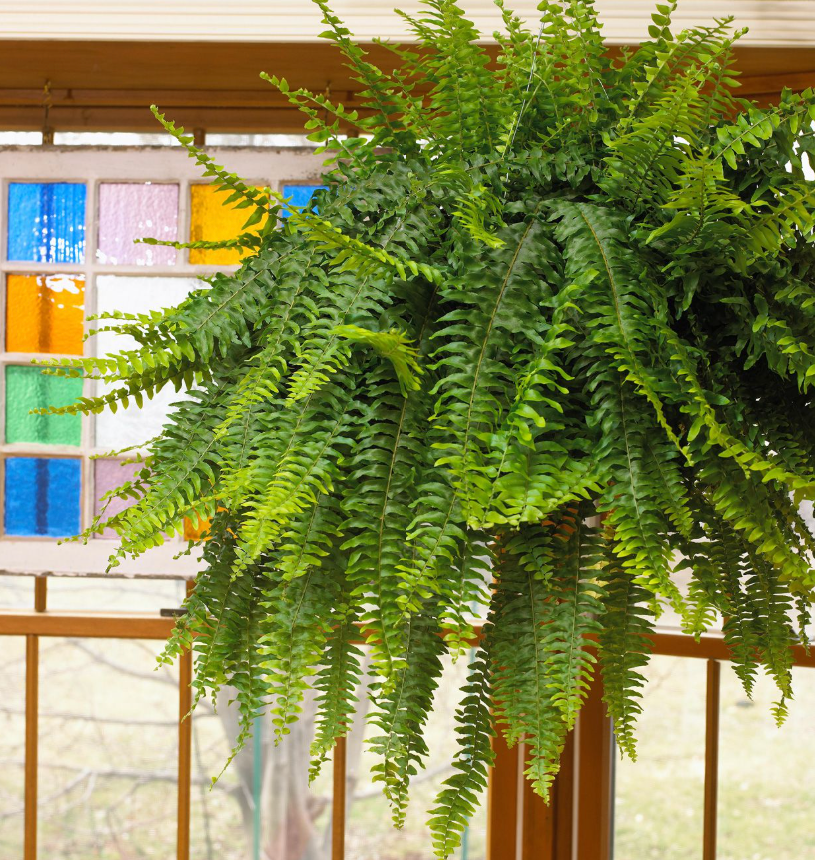
Boston ferns are natural humidifiers, which can be a real game-changer if you live in a dry climate or use indoor heating a lot. This extra moisture in the air can be particularly useful for cats with respiratory issues.
It's like having a mini spa in your living room!
These ferns also excel at removing indoor air pollutants, making your home healthier for everyone. They love high humidity and indirect light, so they're perfect for brightening up a bathroom or a shady corner.
To keep your Boston fern happy, mist it regularly and keep the soil consistently moist but not waterlogged. A pebble tray filled with water placed under the pot can help increase humidity around the plant.
3. African Violet (Saintpaulia)
Now, let's talk about adding some color to your cat-safe garden. African violets are one of the few flowering plants that are completely non-toxic to cats, and they're absolutely gorgeous.
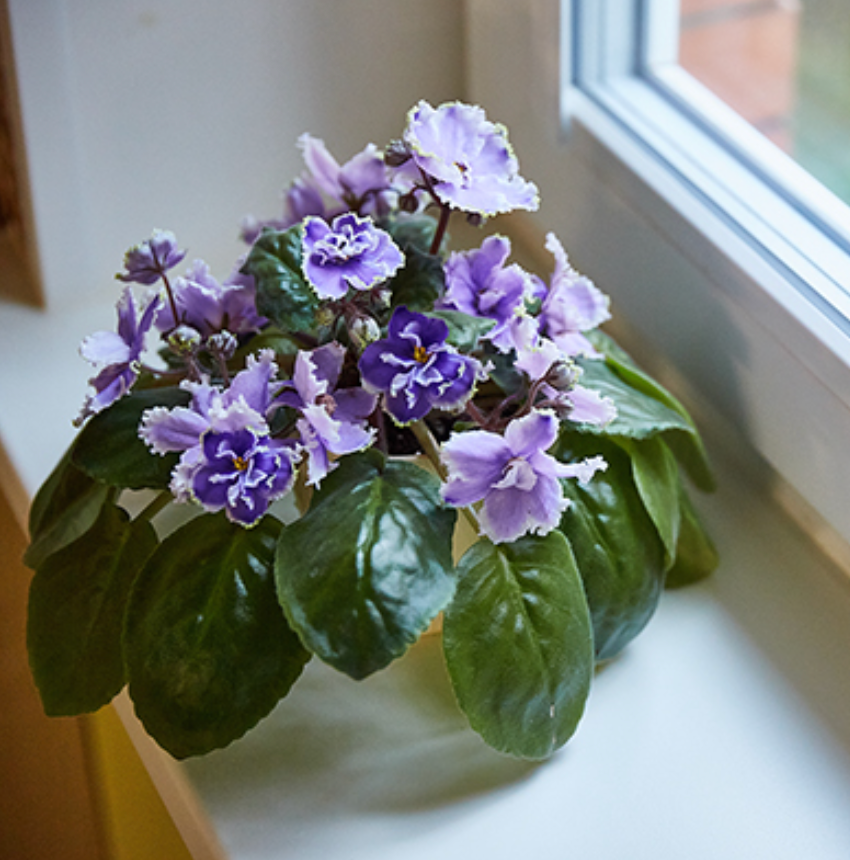
These compact beauties come in a rainbow of colors – purples, pinks, whites, and even bi-color varieties. With proper care, they can bloom year-round, adding a constant pop of color to your space.
African violets are perfect for small spaces or apartments. They're happy in tiny pots and don't need much room to thrive.
Just give them bright, indirect light and keep their soil slightly moist, and they'll reward you with beautiful blooms all year long.
One thing to keep in mind with African violets is that they prefer to be watered from the bottom. Place the pot in a saucer of water for about 30 minutes, then remove it and let the excess water drain. This method helps prevent water from getting on the leaves, which can cause unsightly spots. You can also use self-watering containers.
4. Parlor Palm (Chamaedorea elegans)
Want to bring a touch of tropical elegance to your cat-friendly home? The parlor palm is your new best friend.
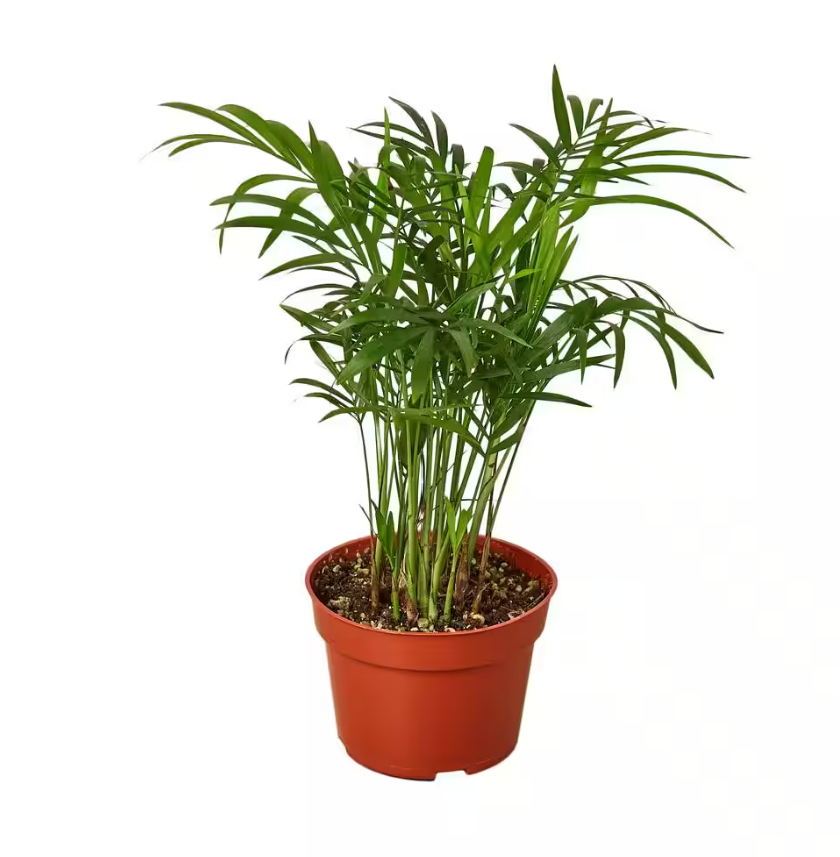
This graceful palm is safe for cats and an excellent air purifier.
Parlor palms are incredibly adaptable and can tolerate low light conditions, making them perfect for those darker corners of your home. They grow slowly, so you won't need to worry about repotting them often, and they're relatively low-maintenance.
The best part? Those feathery fronds are usually too high up for most cats to reach, but even if your acrobatic kitty manages to take a swipe, you can rest easy knowing it's completely safe.
To keep your parlor palm thriving, water it when the top inch of soil feels dry and mist the leaves occasionally to increase humidity. These palms don't like direct sunlight, so keep them away from windows that get intense afternoon sun.
6. Catnip (Nepeta cataria)
No list of cat-friendly plants would be finish without mentioning catnip. This herb isn't just safe for cats – it's downright entertaining!
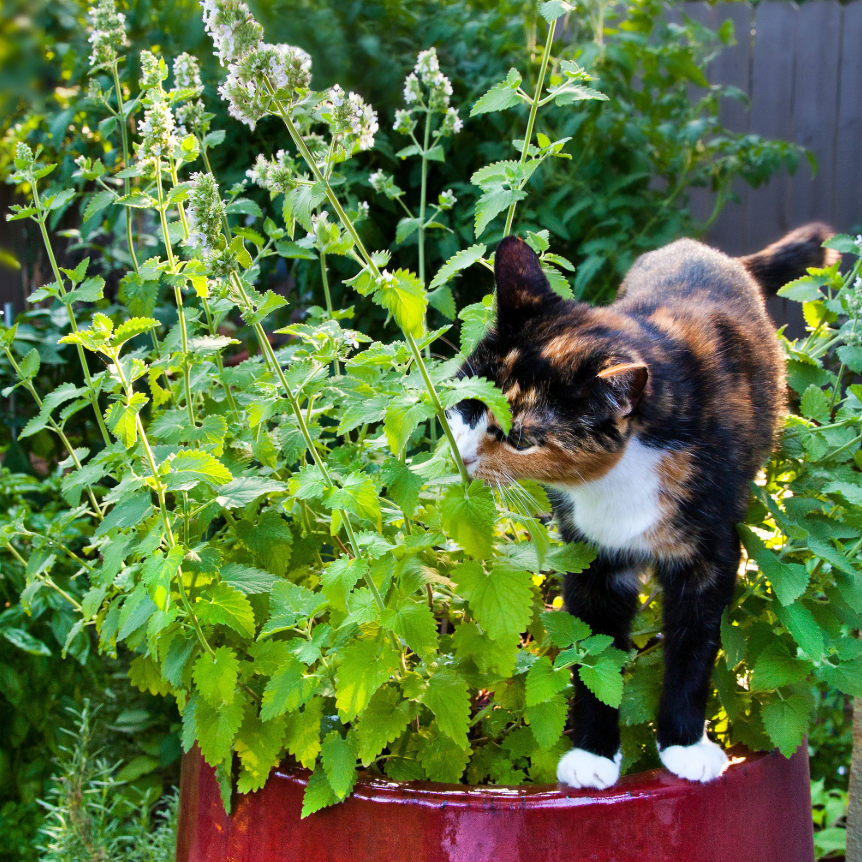
Catnip contains a compound called nepetalactone, which can trigger a euphoric response in many cats. It's like nature's own cat toy.
Some cats become more playful, while others might just chill out and relax.
But here's something you might not know: catnip isn't just for cats. It has a pleasant, minty aroma that humans can enjoy too.
You can even use it to make a calming tea.
It's a win-win for everyone in the household!
Growing catnip is easy. It prefers full sun but can tolerate partial shade.
Plant it in well-draining soil and water when the top inch of soil feels dry.
Be warned, though – once your cat discovers the plant, they might try to roll in it or nibble on it frequently, so you might want to grow some extra!
7. Areca Palm (Dypsis lutescens)
If you're dreaming of creating a tropical paradise in your living room, the Areca palm is a must-have. This stunning palm is safe for cats and one of the best air-purifying plants you can find.
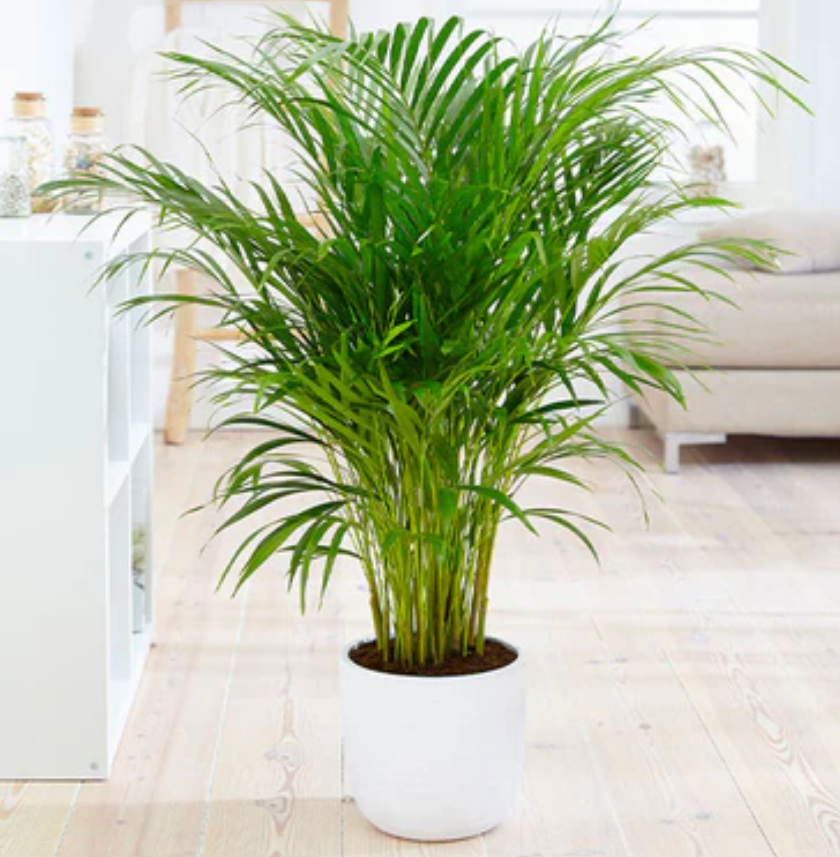
Areca palms are particularly effective at removing formaldehyde, xylene, and toluene from the air. They're like natural air filters, constantly working to keep your home's air clean and fresh.
These palms love bright, indirect light and can grow quite tall over time, making them a fantastic statement piece in any room. Just be sure to keep them well-watered and mist them regularly to maintain that tropical humidity they love.
One thing to keep in mind with Areca palms is that they're sensitive to fluoride, which is often found in tap water. If possible, use rainwater or distilled water to keep your palm happy and healthy.
8. Polka Dot Plant (Hypoestes phyllostachya)
Looking to add a splash of color to your cat-safe garden? The polka dot plant is here to save the day.
With its vibrant, spotted leaves in shades of pink, red, or white, this plant is sure to catch both your and your cat's eye.
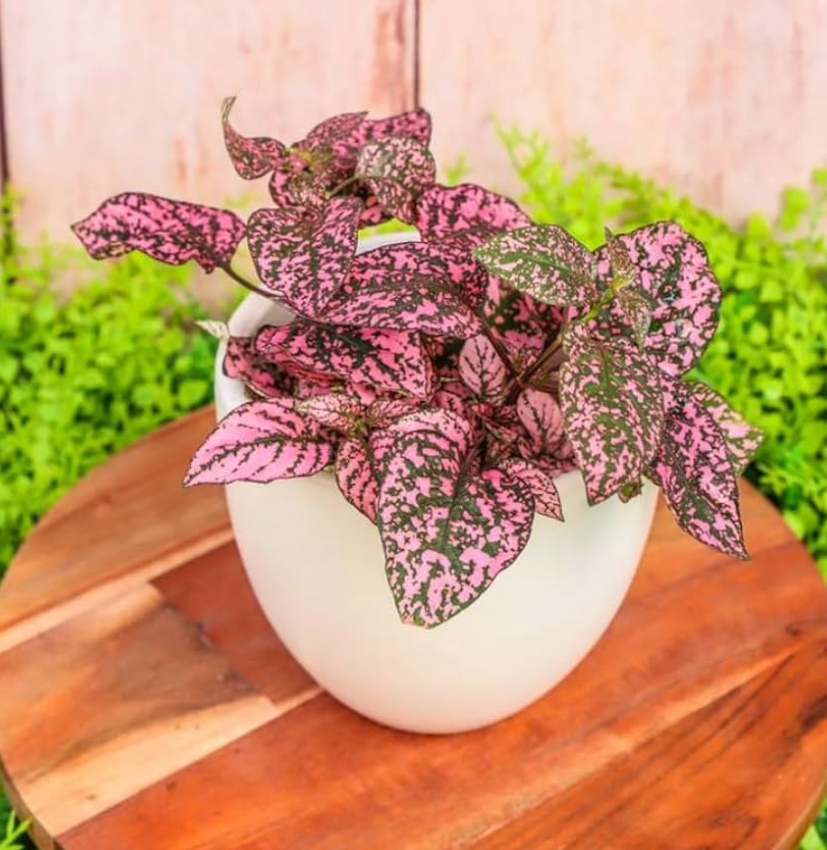
Polka dot plants are compact and perfect for small spaces. They prefer partial shade and high humidity, making them ideal for bathrooms or kitchens.
Their unique coloration adds a fun, whimsical touch to any room.
While they're completely safe if your cat decides to take a nibble, their leaves are usually too small to be of much interest to most felines. It's a win-win situation!
To keep your polka dot plant looking its best, pinch off the growing tips regularly. This will encourage bushier growth and prevent the plant from getting leggy.
They also appreciate regular misting to keep humidity levels up.
9. Swedish Ivy (Plectranthus verticillatus)
Don't let the name fool you – Swedish ivy isn't actually an ivy at all, which is great news because true ivies are toxic to cats. This plant, on the other hand, is completely safe and absolutely beautiful.
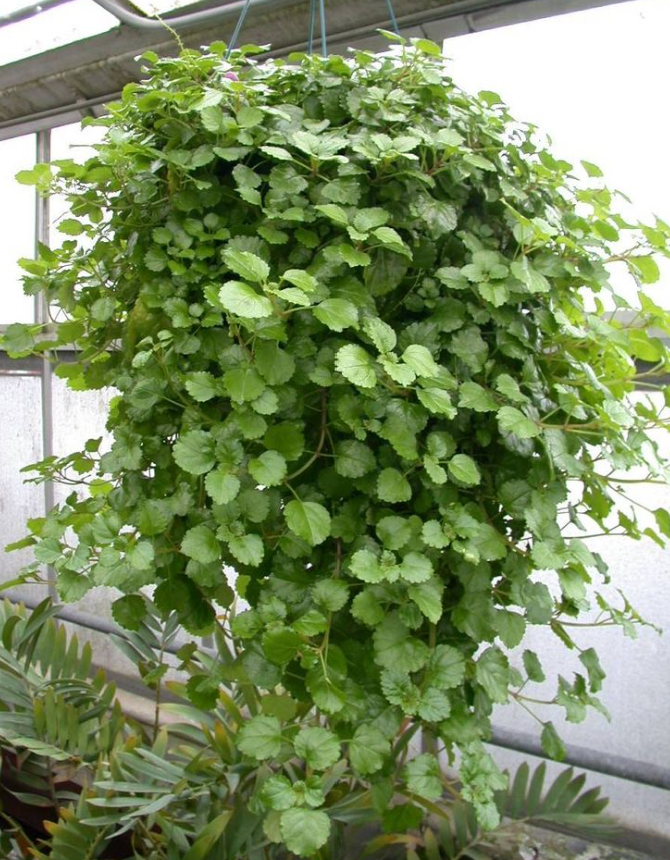
Swedish ivy has a lovely trailing habit, making it perfect for hanging baskets or high shelves. Its cascading vines can add a touch of lush greenery to any room.
Plus, it's super easy to care for and can tolerate a range of light conditions.
One of the best things about Swedish ivy is how easy it is to propagate. You can easily snip off a piece and root it in water to create new plants.
Before you know it, you'll have enough to share with all your cat-loving friends!
To keep your Swedish ivy looking lush, pinch back the growing tips regularly. This will encourage fuller growth and prevent the plant from getting too leggy.
Water when the top inch of soil feels dry, and provide bright, indirect light for best results.
10. Lemongrass (Cymbopogon citratus)
Last but certainly not least, we have lemongrass. This aromatic plant is safe for cats and offers some fantastic benefits for your home.
Lemongrass has a fresh, citrusy scent that most humans love. But did you know it's also a natural insect repellent?
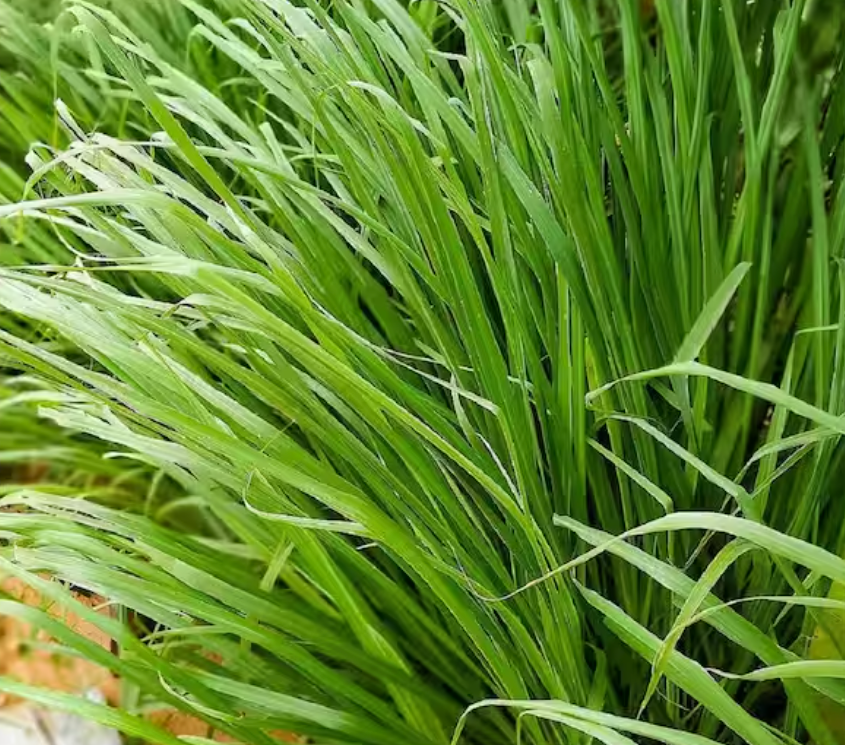
It can help keep mosquitoes and other pests at bay, making it a great addition to your indoor or outdoor spaces.
For cats, lemongrass can be a safe and enjoyable plant to chew on. Some cats are attracted to its scent and texture.
And for you?
Well, you can use it in cooking to add a zesty flavor to your dishes. It's truly a multi-purpose plant!
Growing lemongrass is relatively easy. It prefers full sun and well-draining soil.
Water it regularly, especially during hot, dry periods.
You can grow it in a pot indoors near a sunny window, or outdoors in warmer climates.
Conclusion
Creating a cat-friendly indoor garden doesn't mean sacrificing style or variety. With these ten non-toxic plants, you can create a lush, green environment that's safe for your feline friends and beautiful for you to enjoy.
Every cat is different, so always supervise your pets when introducing new plants and remove any that cause adverse reactions. Happy planting!
